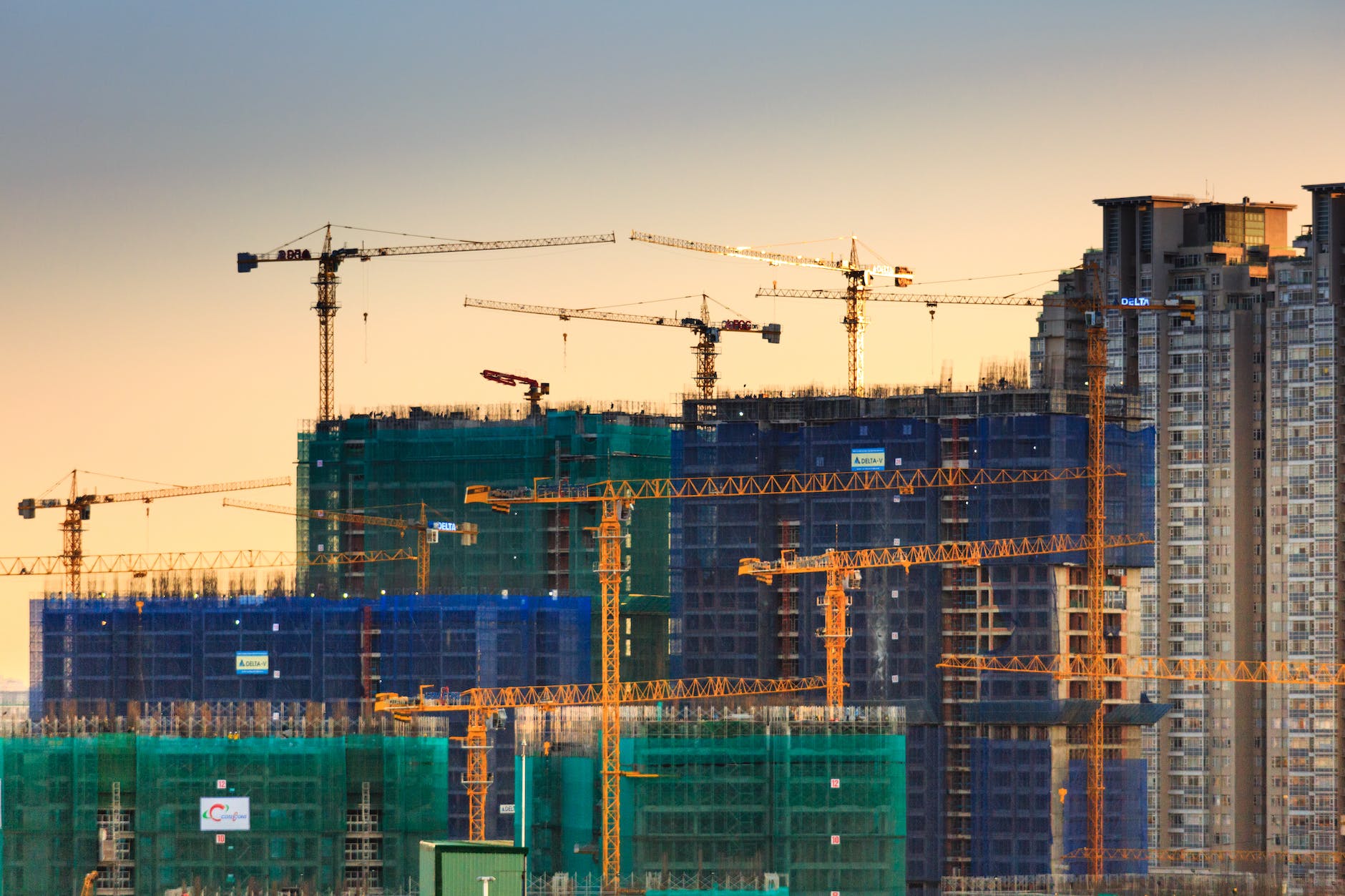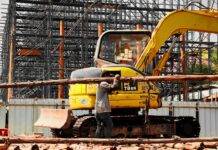
Construction Safety 2024
The construction industry is a dynamic sector that demands a paramount focus on safety to protect workers and mitigate risks. In the year 2024, safety considerations have evolved significantly, necessitating a comprehensive understanding and implementation of advanced safety measures.
I. Introduction to Construction Safety
Safety within construction remains an essential aspect of the industry, ensuring the well-being of workers and minimizing potential hazards. With the industry’s growth and complexity, prioritizing safety has become more critical than ever before.
II. Current Safety Standards in 2024
The current safety standards in 2024 encompass a multifaceted approach, combining regulatory protocols and cutting-edge technology. Advancements in safety equipment and protocols have greatly influenced the sector’s safety landscape.
III. Common Safety Hazards on Construction Sites
Construction sites pose various hazards, including falls, electrical risks, and equipment-related dangers. Understanding and addressing these risks are imperative to maintain a safe working environment.
IV. Implementing Effective Safety Protocols
Training, education, and the use of personal protective equipment (PPE) are fundamental in ensuring a safe work environment. Regular safety inspections and audits further reinforce adherence to safety protocols.
V. Importance of Safety Culture and Leadership
A robust safety culture, fostered by effective leadership, encourages proactive safety measures and worker participation, ensuring a collective responsibility towards safety.
VI. Impact of Safety on Project Efficiency and Cost
Investing in safety measures not only safeguards workers but also positively impacts project timelines and cost management. Prevention of accidents and delays translates to enhanced project efficiency.
Construction safety remains a crucial aspect in 2024, prioritizing the well-being of workers and the public. Several key elements continue to drive safety measures in the industry:- Training and Education: Ongoing training programs focus on safety protocols, equipment operation, and emergency response to ensure all personnel are well-prepared and aware of potential hazards.
- Regulatory Compliance: Strict adherence to updated safety regulations and standards set by governing bodies is essential, ensuring that construction practices meet or exceed safety requirements.
- Personal Protective Equipment (PPE): Continued emphasis on the use of appropriate PPE such as hard hats, gloves, goggles, and safety harnesses to minimize the risk of injury.
- Site Inspections and Audits: Regular inspections and audits are conducted to identify and rectify potential hazards, maintaining a safe working environment.
- Risk Assessment and Management: Comprehensive risk assessments are performed before and during construction projects to identify, evaluate, and mitigate potential risks.
- Collaboration and Communication: Strong communication among all stakeholders, including contractors, workers, and management, ensures that safety concerns are promptly addressed and resolved.
- Emergency Preparedness: Developing and practicing emergency response plans for various scenarios, including accidents, natural disasters, or health emergencies, is crucial for swift and effective action.
- Promotion of a Safety Culture: Encouraging a culture that prioritizes safety at all levels of the organization fosters a mindset where safety is ingrained in every action and decision.
- Environmental Considerations: Construction safety also encompasses environmental protection measures to minimize the impact on surrounding ecosystems and communities.
Efforts in these areas contribute to the continuous improvement of construction safety standards and practices, ensuring a safer working environment for everyone involved in the industry.VII. Case Studies and Success Stories
Several companies exemplify commendable safety records, showcasing the tangible benefits of prioritizing safety initiatives. Real-life examples underscore the significance of robust safety measures.
VIII. Addressing Future Challenges in Construction Safety
As construction methodologies evolve, anticipating and preparing for future safety challenges is crucial. Strategies must be devised to adapt and innovate to counter potential risks.
IX. Conclusion
The year 2024 emphasizes the indispensable role of construction safety. Adherence to advanced safety standards and fostering a safety-oriented culture are pivotal for the industry’s sustainable growth.
Construction Hazards and Control Measures
Construction Safety at Workplace
Construction Safety Toolbox Talk Meeting
FAQs
- What role does regulatory compliance play in ensuring construction site safety? Regulatory compliance sets the standards for safety practices. Adherence to regulations ensures that construction sites implement necessary safety measures, reducing risks and ensuring a safer working environment.
- Why is a safety-minded culture crucial within construction companies? A safety-minded culture fosters a work environment where safety is ingrained in every operation. It promotes vigilance, proactive hazard identification, and a collective responsibility for safety, minimizing accidents.
- What are the key challenges in implementing effective safety measures in construction? Challenges include balancing productivity with safety, worker compliance, evolving regulations, and implementing new technologies. Maintaining consistency across diverse projects also poses a challenge.
























